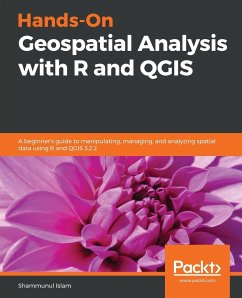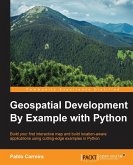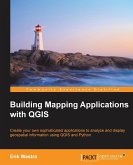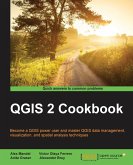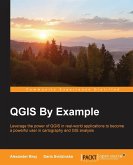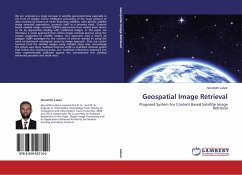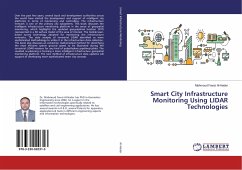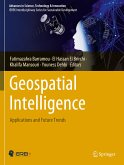Practical examples with real-world projects in GIS, Remote sensing, Geospatial data management and Analysis using the R programming language Key FeaturesUnderstand the basics of R and QGIS to work with GIS and remote sensing data Learn to manage, manipulate, and analyze spatial data using R and QGIS Apply machine learning algorithms to geospatial data using R and QGIS Book Description Managing spatial data has always been challenging and it's getting more complex as the size of data increases. Spatial data is actually big data and you need different tools and techniques to work your way around to model and create different workflows. R and QGIS have powerful features that can make this job easier. This book is your companion for applying machine learning algorithms on GIS and remote sensing data. You'll start by gaining an understanding of the nature of spatial data and installing R and QGIS. Then, you'll learn how to use different R packages to import, export, and visualize data, before doing the same in QGIS. Screenshots are included to ease your understanding. Moving on, you'll learn about different aspects of managing and analyzing spatial data, before diving into advanced topics. You'll create powerful data visualizations using ggplot2, ggmap, raster, and other packages of R. You'll learn how to use QGIS 3.2.2 to visualize and manage (create, edit, and format) spatial data. Different types of spatial analysis are also covered using R. Finally, you'll work with landslide data from Bangladesh to create a landslide susceptibility map using different machine learning algorithms. By reading this book, you'll transition from being a beginner to an intermediate user of GIS and remote sensing data in no time. What you will learnInstall R and QGIS Get familiar with the basics of R programming and QGIS Visualize quantitative and qualitative data to create maps Find out the basics of raster data and how to use them in R and QGIS Perform geoprocessing tasks and automate them using the graphical modeler of QGIS Apply different machine learning algorithms on satellite data for landslide susceptibility mapping and prediction Who this book is for: ¿This book is great for geographers, environmental scientists, statisticians, and every professional who deals with spatial data. If you want to learn how to handle GIS and remote sensing data, then this book is for you. Basic knowledge of R and QGIS would be helpful but is not necessary.
Hinweis: Dieser Artikel kann nur an eine deutsche Lieferadresse ausgeliefert werden.
Hinweis: Dieser Artikel kann nur an eine deutsche Lieferadresse ausgeliefert werden.

